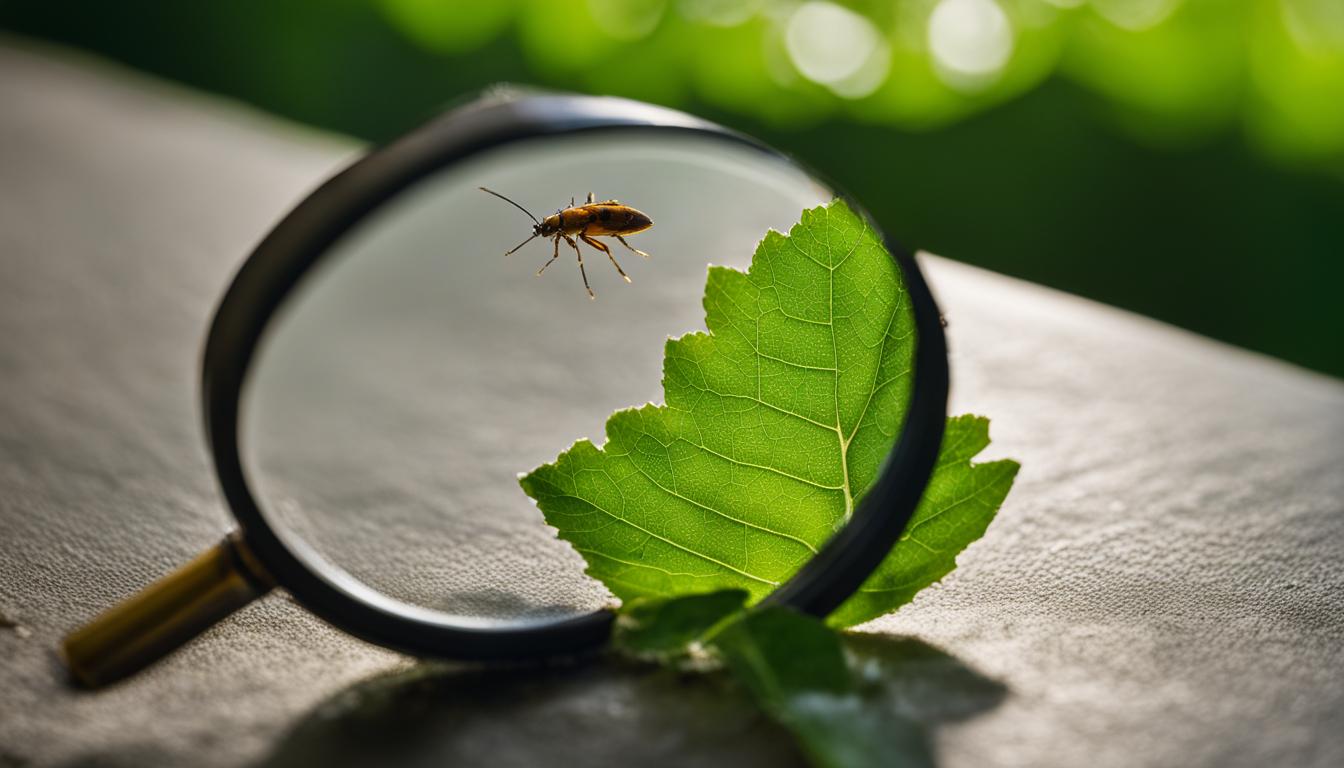
When it comes to keeping your indoor plants healthy and thriving, proper pest management is crucial. Pest control, insect control, and plant care are all essential elements in preventing and managing pest infestations. By understanding the best methods for indoor plant pest management, you can ensure the well-being of your plants and create a thriving indoor garden.
Indoor plants are susceptible to a variety of pests, including aphids, mealybugs, and spider mites. These pests can wreak havoc on your plants, causing damage and hindering growth. However, with the right strategies in place, you can effectively control and prevent pest infestations.
In this article, I will explore the best methods for indoor plant pest management, from proper plant care and early detection techniques to non-chemical and chemical pest control methods. By implementing these strategies, you can protect your indoor plants and ensure their long-term health.
Key Takeaways:
- Proper plant care and prevention are crucial in managing pests on indoor plants.
- Regularly inspect your plants for signs of pests and isolate any infested plants to prevent the spread.
- Utilize non-chemical methods such as handpicking, washing, and trapping to control minor pest infestations.
- If non-chemical methods fail, consider using pesticides labeled for indoor plants, following label instructions carefully.
- Prevent pest infestations by inspecting new plants before bringing them indoors and maintaining optimal growing conditions.
Proper Plant Care for Pest Prevention
Proper plant care is crucial for preventing pest infestations in indoor plants. By providing optimal growing conditions, you can significantly reduce the risk of pest problems and maintain the health of your plants. To ensure proper plant care, consider the following:
- Choose plants that are suitable for your indoor environment in terms of humidity, light, and temperature. This will help prevent stress and make your plants less susceptible to pests.
- Provide sufficient light for your plants, as different species have varying light requirements. Use artificial lighting if natural sunlight is limited.
- Water your plants properly, taking into account their specific needs. Overwatering can lead to root rot, while underwatering can cause stress and weaken the plants.
- Remove dead leaves and flowers regularly to prevent the buildup of organic matter that can attract pests.
- Keep the soil surface clean from debris, as it can provide hiding places for pests.
- Wash the leaves of your plants with a damp cloth to remove dust and grime, which can interfere with photosynthesis and attract pests.
- Prune out dead branches and stems to promote healthy growth and prevent pest infestations.
- When repotting, use new, sterile potting soil to minimize the risk of introducing pests into your indoor environment.
By implementing these proper plant care practices, you can create an environment that is less favorable for pests and promote the overall health of your indoor plants.
Early Detection of Pest Problems
Early detection plays a crucial role in effective pest control for indoor plants. Regular inspection of plants is essential to identify any signs of infestation before it becomes a full-blown problem. Here are some key steps to ensure early detection:
- Thoroughly examine all plant parts, including the tops and undersides of leaves, stems, and containers.
- Use a magnifying lens or smartphone app to spot small pests that may not be visible to the naked eye.
- Look out for telltale signs such as webbing, holes, eggs, discolored leaves, and the presence of honeydew, a sticky substance produced by certain pests.
- Isolate newly acquired plants for one to two weeks to prevent potential infestations from spreading to other plants.
- Regularly check plants during watering, fertilizing, or cleaning routines, as pests may be more active during these times.
- Utilize yellow or blue sticky traps to capture flying insects and monitor their presence.
By being vigilant and proactive in detecting pests at an early stage, you can take prompt action and prevent further infestation.
| Pest | Signs of Infestation | Control Methods |
|---|---|---|
| Aphids | Clusters of small insects on leaves, distorted growth, sticky honeydew | Handpicking, spraying with water or insecticidal soap, pesticides labeled for aphid control |
| Mealybugs | White, powdery insects on leaves, stems, or soil, sticky honeydew | Handpicking, wiping with alcohol, pesticides labeled for mealybug control |
| Spider Mites | Fine webbing, stippling on leaves, discoloration | Washing plants, using predatory mites, pesticides labeled for spider mite control |
This table summarizes common pests, their signs of infestation, and control methods to help you address any problems detected during your inspections. Remember, early detection is the key to effective pest management and ensuring the health and vitality of your indoor plants.
Non-Chemical Pest Control Methods
When it comes to managing pests on your indoor plants, there are several non-chemical methods that can effectively control infestations. These methods are a natural and environmentally friendly approach to pest management, especially when the infestation is minor. Let’s explore some of these non-chemical pest control methods:
1. Manual Removal:
One of the simplest and most effective ways to get rid of pests on your indoor plants is through manual removal. This involves physically removing pests by handpicking them off the plants.
You can also use tools like tweezers or cotton swabs dipped in alcohol to remove larger pests such as earwigs, caterpillars, and mealybugs. Manual removal helps to reduce the pest population and prevent further damage to your plants.
2. Washing and Spraying:
Washing your plants with a damp cloth or spraying them with water can help remove pests like aphids and spider mites. These pests can be dislodged from the leaves and stems, reducing their numbers.
For a more effective approach, you can also use insecticidal soap, which is a natural and non-toxic solution that kills pests on contact. Make sure to follow the instructions on the soap’s label for proper application.
3. Trapping and Sanitation:
Trapping pests is another non-chemical method that can help control their population. Yellow or blue sticky traps can be placed near your plants to catch flying insects like fungus gnats or whiteflies.
These traps use bright colors to attract pests, and once they land on the sticky surface, they get stuck and cannot escape. Additionally, practicing good sanitation by removing heavily infested plants and regularly cleaning the area around your indoor plants can help prevent the spread of pests.
By utilizing these non-chemical pest control methods, you can effectively manage pests on your indoor plants without the use of harmful chemicals. These methods are safe for both your plants and the environment, making them a sustainable choice for pest prevention and management.
Chemical Pest Control Methods
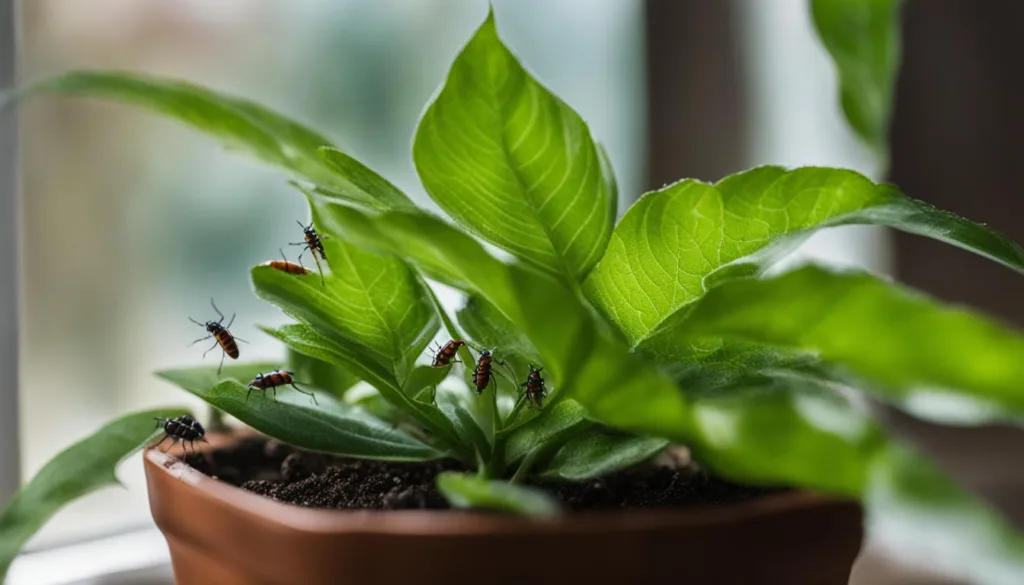
When non-chemical methods fail to control the pest problem on your indoor plants, you may need to turn to chemical pest control methods. It’s important to note that there are limited options for pesticides labeled for use on indoor plants, which can be purchased at nurseries, garden centers, and online.
Common Chemical Pest Control Methods for Indoor Plants
| Pesticide | Target Pests | Application | Residual Activity |
|---|---|---|---|
| Pyrethrins | Aphids, scale insects, whiteflies | Spray directly on pests | Short-term |
| Potassium fatty acids (insecticidal soap) | Aphids, spider mites, whiteflies | Spray on pests and foliage | Short-term |
| Plant oil extracts (e.g., neem oil) | Aphids, spider mites, whiteflies, mealybugs | Spray on pests and foliage | Short-term |
| Bacillus thuringiensis | Caterpillars | Spray on foliage | Short-term |
| Imidacloprid | Aphids, whiteflies | Systemic application or spray on foliage | Long-term |
Each pesticide has specific target pests, residual activity, and application instructions, so it’s important to read and follow the label directions carefully. It is recommended to apply pesticides outdoors or in a well-ventilated area to minimize exposure.
Avoid using pesticides on moisture-stressed plants and prioritize the safety of plants and the environment when using chemical pest control methods.
Prevention of Pest Infestations
Preventing pest infestations is crucial to maintaining healthy indoor plants. By implementing a few simple pest control measures, you can significantly reduce the risk of pests invading your indoor garden.
Inspect Plants Before Purchase
Before purchasing or bringing plants indoors, thoroughly inspect them for any signs of pests. Look for insects, webbing, eggs, or any other indicators of infestation. By identifying and addressing pest issues before introducing new plants to your collection, you can prevent the spread of pests to your existing plants.
Quarantine New Plants
Quarantine new plants for a few weeks in a separate area to monitor for any potential infestations. This will help you catch and address pest problems before they have a chance to spread to your other plants. During this quarantine period, regularly inspect the plants for signs of pests and take appropriate action if needed.
| Pest Prevention Tips | Description |
|---|---|
| Keep Plants Clean | Regularly remove debris from the soil surface and clean plant leaves to prevent dust buildup, which can attract pests. |
| Monitor Growing Conditions | Ensure your plants receive proper light, water, and nutrition. Healthy plants are less susceptible to pests. |
| Minimize Stress | Avoid overwatering or underwatering your plants, as stress can weaken them and make them more vulnerable to pests. |
| Promote Air Circulation | Proper airflow around your plants can discourage pests from settling and reproducing. |
By following these pest prevention measures and staying vigilant in monitoring your indoor plants, you can maintain a pest-free environment and promote the health and vitality of your beloved greenery.
Biological Control for Houseplant Pests
Biological control is an effective and environmentally-friendly approach to managing pests on indoor plants. It involves using natural predators or parasites to control pest populations, reducing the need for chemical pesticides.
By introducing these beneficial organisms, you can achieve long-term pest management and maintain the health of your houseplants.
One common example of biological control is the use of predator mites to control spider mite infestations. Predator mites feed on spider mites, effectively reducing their numbers and preventing further damage to your plants.
Other beneficial insects, such as ladybugs and green lacewings, can be introduced to control aphids and other soft-bodied pests.
It’s important to note that biological control methods may not be readily available and often require sourcing from specialty suppliers. Each biological control has specific target pests and application requirements, so it’s essential to research and understand their effectiveness before implementation.
By utilizing biological control methods, you can effectively manage pests on your indoor plants while minimizing the use of chemical pesticides, promoting a healthy and thriving indoor garden.
Biological Controls for Houseplant Pests
| Pest | Biological Control |
|---|---|
| Spider Mites | Predator Mites |
| Aphids | Ladybugs, Green Lacewings |
| Mealybugs | Mealybug Destroyer, Mealybug Parasite |
| Whiteflies | Whitefly Parasites |
| Scale Insects | Ladybugs, Parasitic Wasps |
Table: Examples of biological controls for common houseplant pests and their corresponding pests. These beneficial organisms can be introduced to control pest populations, providing an effective and natural solution to pest management.
Common Houseplant Pests and Their Control
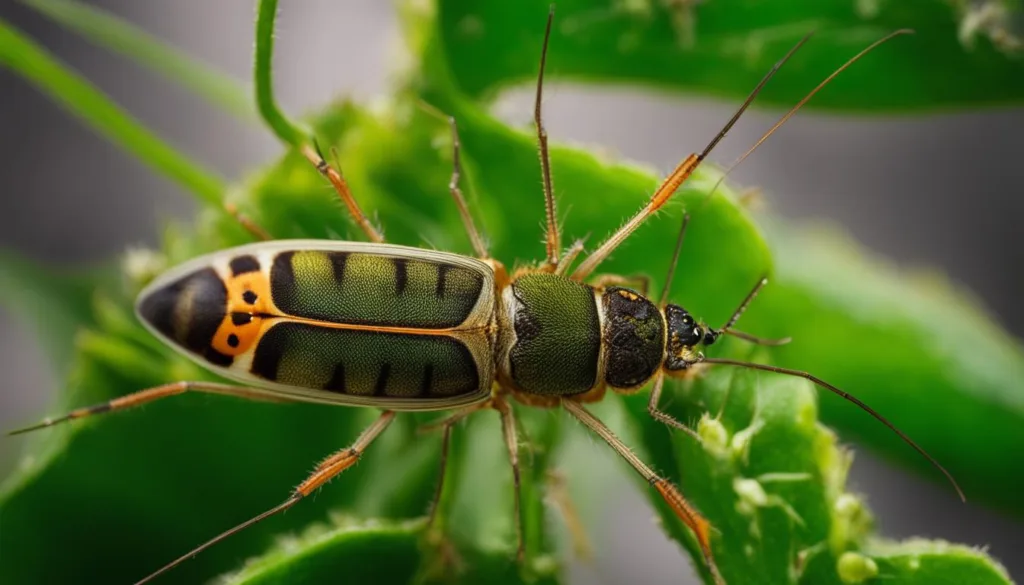
Indoor plants can be vulnerable to various pests that can significantly impact their health and appearance. Identifying these common houseplant pests is crucial in implementing effective control measures. Here are some of the most common pests you may encounter and the methods to control them:
Aphids
Aphids are small, soft-bodied insects that feed on plant sap. They can be identified by their pear-shaped bodies and the presence of sticky honeydew on leaves. To control aphids, you can:
- Handpick and squash the aphids
- Spray plants with water to dislodge them
- Use insecticidal soap or pesticides labeled for aphid control
Mealybugs
Mealybugs are white, powdery insects that gather in clusters and feed on plant sap. They often hide in plant crevices or under leaves. To control mealybugs, you can:
- Remove them by hand or wipe them off with a cotton swab dipped in alcohol
- Use insecticidal soap or pesticides labeled for mealybug control
Spider Mites
Spider mites are tiny, spider-like pests that suck plant sap and cause stippling on leaves. They are often difficult to see with the naked eye. To control spider mites, you can:
- Wash plants with water to dislodge them
- Introduce predatory mites that feed on spider mites
- Use pesticides labeled for spider mite control
It’s important to properly identify the pest infestation before implementing control measures. Additionally, always follow the instructions on the pesticide label and consider non-chemical methods as the first line of defense. By taking proactive steps to control common houseplant pests, you can ensure the health and vitality of your indoor plants.
Safe and Responsible Pesticide Use
When it comes to pest control on indoor plants, safety and responsible use of pesticides should always be a top priority. To ensure the well-being of your plants and the environment, follow these guidelines for safe pesticide use.
First and foremost, only use pesticides that are specifically labeled for indoor plants. These products have been formulated and tested for safe application in indoor environments. Read the label carefully and follow the instructions, including dosage, application method, and safety precautions.
To minimize exposure to pesticides, it is advisable to apply them outdoors or in well-ventilated areas. This helps prevent the buildup of fumes and reduces the chances of inhaling harmful chemicals. If outdoor treatment is not possible, ensure proper air circulation by opening windows or using fans during application.
After using granular or stake pesticides, be mindful of watering your plants. Overwatering can lead to runoff, which may contaminate the surrounding environment. To prevent this, water your plants carefully and avoid excessive irrigation immediately after pesticide application.
After reading this, check out our other articles on:
- What are the Best Methods for Repotting Indoor Plants?
- What are Zero Waste Approaches in Indoor Plant Care?
FAQ
What are the best methods for indoor plant pest management?
The best methods for indoor plant pest management include proper plant care, early detection of pest problems, non-chemical pest control methods, and if necessary, chemical pest control methods. Additionally, prevention of pest infestations and biological control for houseplant pests are also effective methods for managing pests on indoor plants.
How can I prevent pests on my indoor plants?
To prevent pest infestations on indoor plants, it is important to choose healthy plants that match your indoor environment’s growing conditions. Proper plant care, including providing sufficient light and water, maintaining cleanliness by removing dead leaves and flowers, and using sterile potting soil, is crucial. Regularly inspecting plants for pests, isolating infested plants, and practicing good sanitation measures can also help prevent pests from spreading.
What should I do if I notice pests on my indoor plants?
If you notice pests on your indoor plants, it is important to take action immediately. Use non-chemical methods such as washing plants with water or insecticidal soap, physically removing pests, or using traps to control minor infestations. If non-chemical methods fail, consider using pesticides labeled for indoor plants, following the instructions on the label carefully.
How can I identify common houseplant pests?
Common houseplant pests include aphids, mealybugs, and spider mites. Aphids are small insects that feed on plant sap, mealybugs are white, powdery insects that also feed on plant sap, and spider mites are tiny, spider-like pests that cause stippling on leaves. Identifying the specific pest is important to determine the appropriate control methods.
Are there natural methods for controlling pests on indoor plants?
Yes, there are natural methods for controlling pests on indoor plants. Non-chemical pest control methods include washing plants, physically removing pests, using traps, and utilizing biological controls such as predator mites or parasites. These methods can be effective in controlling pests without the use of pesticides.
How can I safely use pesticides on my indoor plants?
When using pesticides on indoor plants, it is important to prioritize safety and responsible use. Only use pesticides labeled for indoor plants, read and follow the instructions on the label carefully, and avoid applying pesticides too close to the plant to prevent leaf burn. Always consider treating plants outdoors or in well-ventilated areas and be cautious with watering to prevent runoff and potential contamination.
What can I do to maintain plant health and prevent stress?
To maintain plant health and prevent stress, provide optimal growing conditions for your indoor plants. This includes providing sufficient light and water, removing dead plant parts, and using sterile potting soil. Implementing proper plant care and avoiding stressful conditions will help make your plants less susceptible to pest infestations.
How can I prevent pest infestations when bringing new plants indoors?
When bringing new plants indoors, it is important to thoroughly inspect them for signs of pests beforehand. Quarantine newly acquired plants for one to two weeks to monitor for potential infestations before introducing them to your other plants. This preventive measure can help prevent the spread of pests to your existing indoor plants.
Are there biological controls available for houseplant pests?
Yes, there are biological controls available for houseplant pests. These natural predators or parasites, such as predator mites, whitefly parasites, mealybug destroyers, aphid predator midges, and green lacewings, can be effective in controlling pest populations. However, they are often available through specialty suppliers and have specific target pests and application requirements.
What should I do if my indoor plants are heavily infested with pests?
If your indoor plants are heavily infested with pests, it is recommended to remove and dispose of heavily infested plants to prevent pest spread. Utilize non-chemical or chemical control methods, depending on the severity of the infestation, to manage the pests effectively.

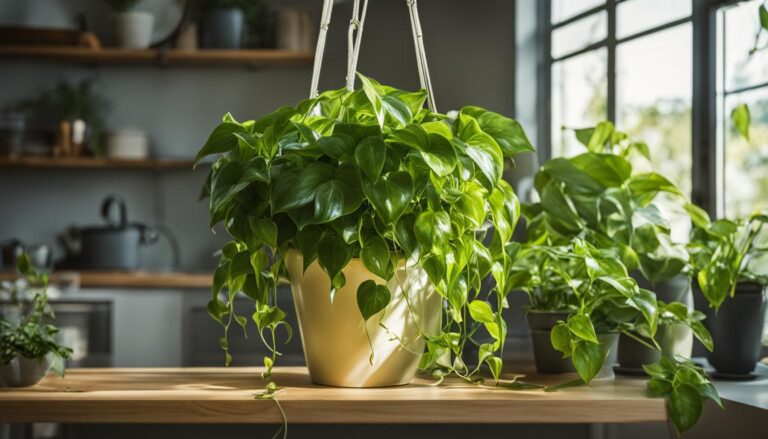
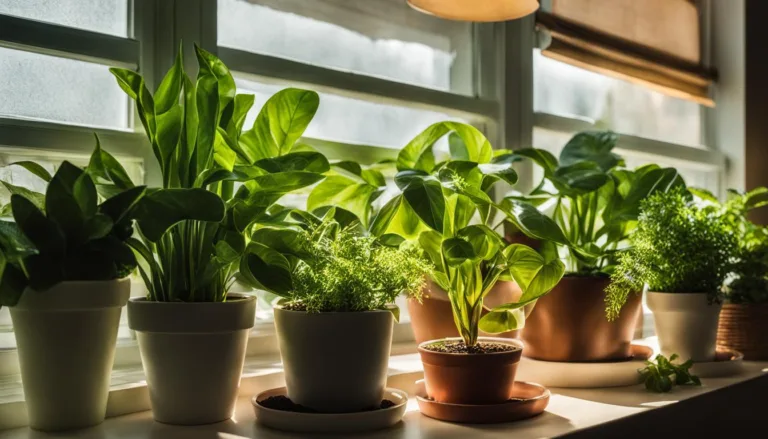
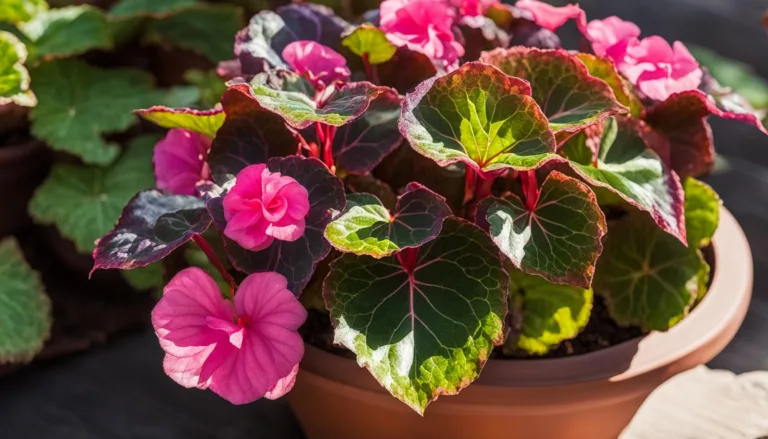
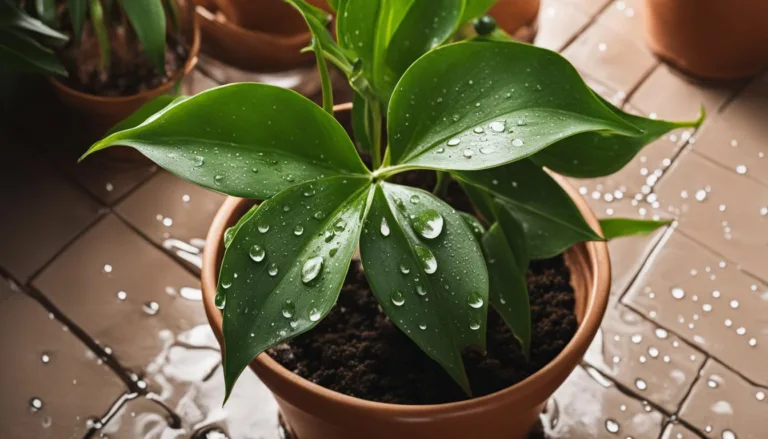
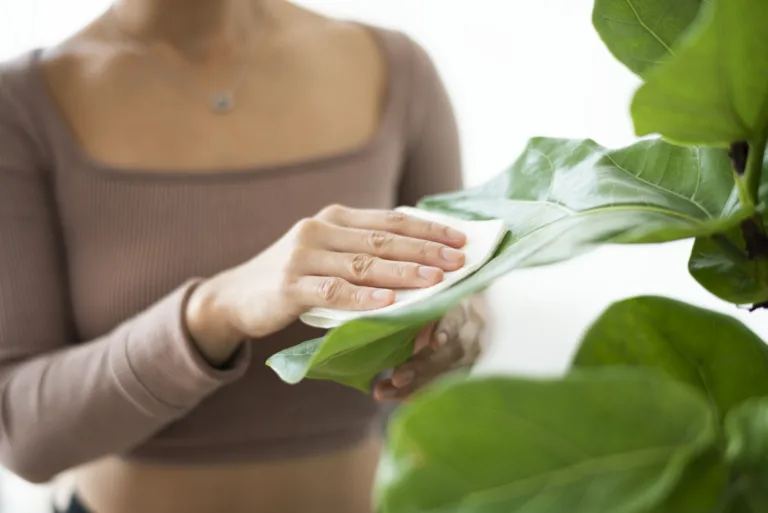
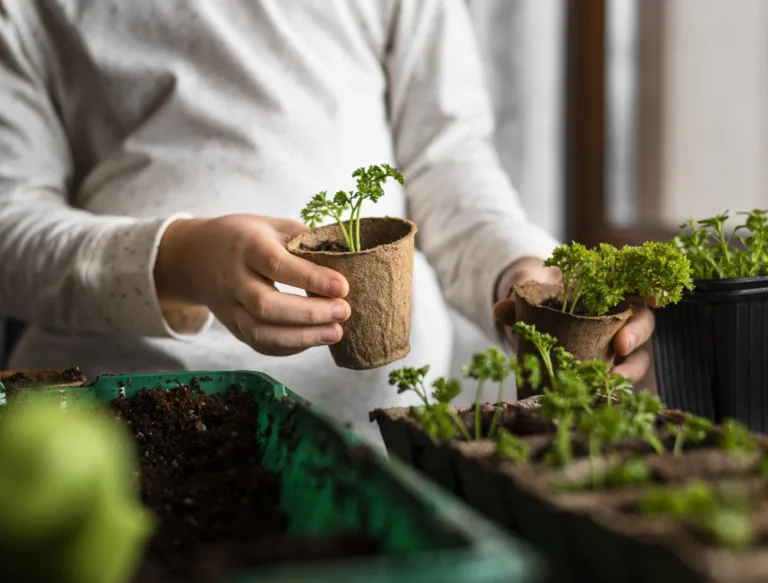
2 Comments
Comments are closed.